
A recent study combines hyperspectral imaging (HSI) technology with chemometrics to deliver improved quality control of black garlic.
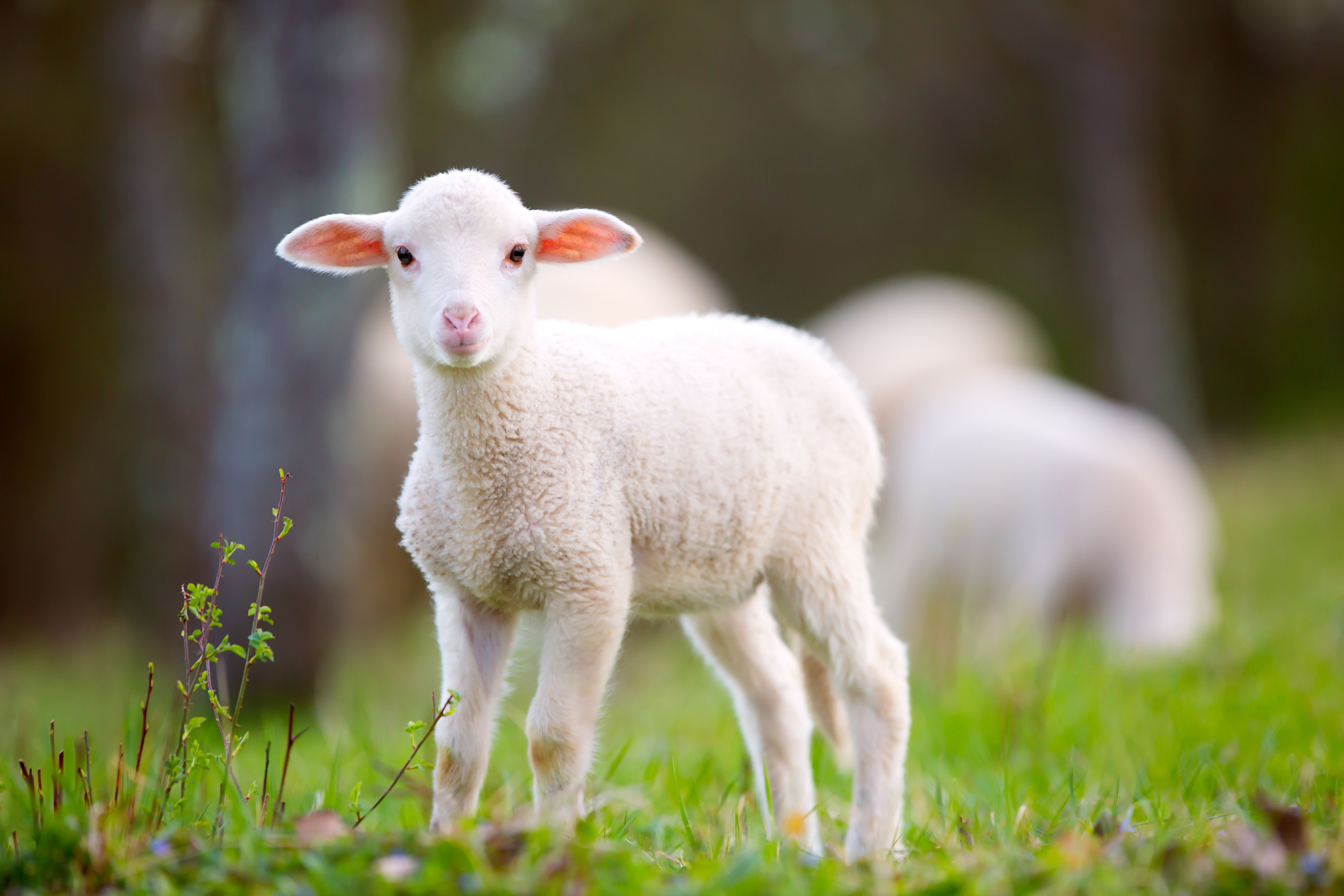

Assessing the Potential of NIR Spectroscopy to Determine Fatty Acid Content: An Interview with Daniel Cozzolino

A recent study combines hyperspectral imaging (HSI) technology with chemometrics to deliver improved quality control of black garlic.

A recent study developed an accurate, non-destructive geo-traceability method using NIR spectroscopy and machine learning to authenticate the geographic origins of Gastrodia elata Bl.

Top articles published this week include two peer-reviewed articles that explore optical detection technology for seed vigor and classifying flowers, as well as a profile on Benjamin Manard, who was recognized as the winner of the 2025 Emerging Leader in Atomic Spectroscopy.

In this article, the basic principles, advantages, and limitations of different optical techniques for obtaining seed vigor estimates are introduced and reviewed, and the key technology of non-destructive optical detection of single seeds will be discussed.

Researchers have developed a novel three-step hybrid variable selection strategy, SiPLS-RF(VIM)-IMIV, to enhance the accuracy and efficiency of soil potassium measurement using near-infrared spectroscopy, offering significant advancements for precision agriculture and real-time soil monitoring.
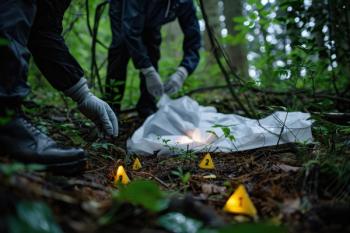
Miniaturized NIR spectrometers are transforming forensic science by enabling rapid, cost-effective, and portable field analysis.
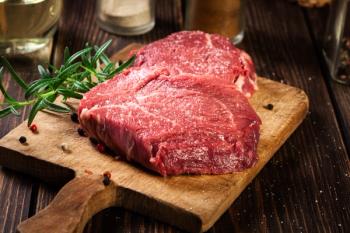
A recent study published in Food Research International demonstrates how visible and near-infrared spectroscopy (Vis-NIRS) combined with machine-learning algorithms can accurately authenticate meat and fat based on livestock feeding systems, offering a sustainable and reliable solution for traceability in the meat industry.

HSI is widely applied in fields such as remote sensing, environmental analysis, medicine, pharmaceuticals, forensics, material science, agriculture, and food science, driving advancements in research, development, and quality control.
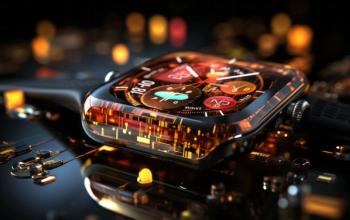
The following is a summary of selected articles published recently in Spectroscopy on the subject of handheld, portable, and wearable spectrometers representing a variety of analytical techniques and applications. Here we take a closer look at the ever shrinking world of spectroscopy devices and how they are used. As spectrometers progress from bulky lab instruments to compact, portable, and even wearable devices, the future of spectroscopy is transforming dramatically. These advancements enable real-time, on-site analysis across diverse industries, from healthcare to environmental monitoring. This summary article explores cutting-edge developments in miniaturized spectrometers and their expanding range of practical applications.

This study aimed to assess and detect adulteration of Kelulut honey with different percentages of rice syrup using near-infrared (NIR) spectroscopy.

Over the past two years Spectroscopy Magazine has increased our coverage of artificial intelligence (AI), deep learning (DL), and machine learning (ML) and the mathematical approaches relevant to the AI topic. In this article we summarize AI coverage and provide the reference links for a series of selected articles specifically examining these subjects. The resources highlighted in this overview article include those from the Analytically Speaking podcasts, the Chemometrics in Spectroscopy column, and various feature articles and news stories published in Spectroscopy. Here, we provide active links to each of the full articles or podcasts resident on the Spectroscopy website.

Researchers have developed a novel method combining near-infrared (NIR) and mid-infrared (MIR) diffuse reflectance spectroscopy with advanced data fusion techniques to improve the accuracy of non-structural carbohydrate estimation in diverse tree tissues, advancing carbon cycle research.

Despite its widespread adoption in food quality analysis, near-infrared (NIR) spectroscopy lags behind in regulatory recognition. A study led by researchers from Italy and Spain highlights the disparity between its scientific applications and official methods, urging standardized regulations to fully leverage NIR's sustainability benefits.
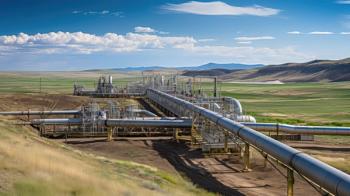
Researchers in China have developed a novel workflow for near-infrared reflectance spectroscopy (NIRS or NIR) that enhances the detection of low-level petroleum hydrocarbon pollution in soils, revealing new diagnostic features and significantly improving sensitivity for environmental monitoring.

Microplastics (MPs) and nanoplastics (NPs) are emerging contaminants requiring robust analytical techniques for identification and quantification in diverse environmental and biological matrices. This review highlights various spectroscopy methods, such as Raman, FT-IR, NIR, ICP-MS, Fluorescence, X-ray, and NMR detailing their methodologies, sample handling, and applications for characterizing MPs and NPs.

A recent study out of Russia introduced a new method for identifying plant-based oils and adulterated dairy products.

Researchers from the University of Cordoba have validated a novel spectroscopy technique to help distinguish between extra virgin and virgin olive oils. This approach could support existing panel-based tests, which are often slow, costly, and subjective, by providing a faster, non-destructive screening option.

A new review highlights the promising role of non-destructive spectroscopy techniques in enhancing olive and extra virgin olive oil (EVOO) quality assessments. By combining spectroscopy with imaging, researchers uncover innovative ways to determine product authenticity and improve quality control in olive oil production.
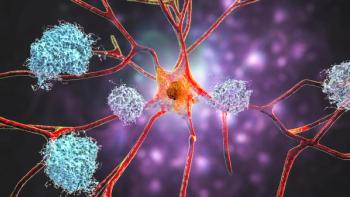
A recent study published in Frontiers in Aging Neuroscience by Wenyu Jiang and colleagues in China found that patients with mild cognitive impairment (MCI) exhibit abnormal functional connectivity in the right prefrontal cortex as revealed by fNIRS, highlighting potential cognitive implications and the protective role of education.
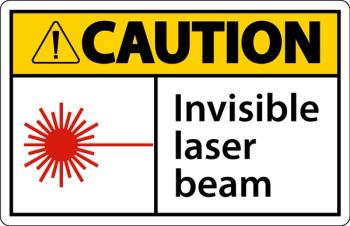
A team from Auburn University has developed an innovative ultrabroadband near-infrared (NIR) transient absorption (TA) spectrometer capable of detecting across a wide spectral range of 900–2350 nm in a single experiment. This advancement improves the study of ultrafast processes in low-bandgap materials and opens doors to new insights in photochemistry and charge dynamics.

A recent study showcases the potential of Fourier transform near-infrared (FT-NIR) spectroscopy and spatially offset Raman spectroscopy (SORS) in detecting raw material defects in hazelnuts caused by improper storage conditions. FT-NIR spectroscopy proved especially effective, while SORS offered complementary insights in certain scenarios. These spectroscopic methods could modernize the speed and accuracy of hazelnut inspections in the food industry.
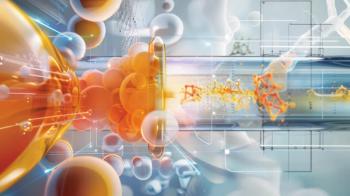
A new review highlights the use of ultraviolet–visible–near infrared (UV–vis–NIR) absorption spectroscopy in studying catalytic processes. The research discusses how this technique uncovers reaction mechanisms, structural properties, and reaction kinetics, particularly in heterogeneous and photocatalysis, and explores its potential for broader applications.

A recent study looked at how near-infrared (NIR) spectroscopy can evaluate the chemical composition of pet food and safeguard pet health.
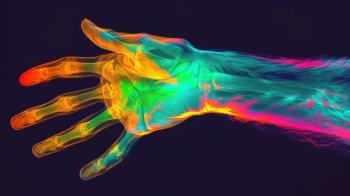
Hyperspectral imaging (HSI) is revolutionizing fields such as agriculture, food safety, and medical analysis by providing high-resolution spectral data. This emerging technology is proving invaluable in diverse applications, including plant stress detection, weed discrimination, and flood management. A new review explores HSI’s fundamental principles, applications, and future research directions.

Recent James Webb Space Telescope (JWST) observations have revealed intricate details about the surface compositions of dwarf planets Sedna, Gonggong, and Quaoar. Using spectroscopy, researchers have detected a rich variety of ices and organic compounds, shedding light on the effects of size and orbit on these distant solar system bodies.